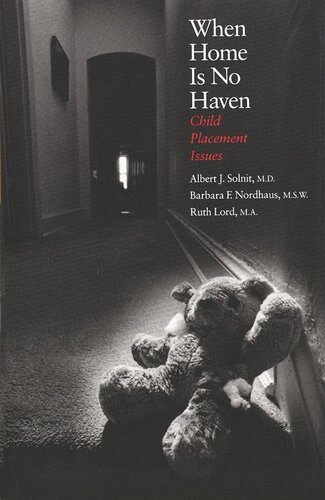

Most ebook files are in PDF format, so you can easily read them using various software such as Foxit Reader or directly on the Google Chrome browser.
Some ebook files are released by publishers in other formats such as .awz, .mobi, .epub, .fb2, etc. You may need to install specific software to read these formats on mobile/PC, such as Calibre.
Please read the tutorial at this link: https://ebookbell.com/faq
We offer FREE conversion to the popular formats you request; however, this may take some time. Therefore, right after payment, please email us, and we will try to provide the service as quickly as possible.
For some exceptional file formats or broken links (if any), please refrain from opening any disputes. Instead, email us first, and we will try to assist within a maximum of 6 hours.
EbookBell Team

5.0
110 reviewsDeciding how best to help an abused or neglected child can be an agonizing process for protective service workers. Should caseworkers recommend that the child be removed from the home temporarily and placed in foster care? Should the child be allowed to remain at home with support services to bolster the parents’ ability to provide a safe and nurturing environment? Should the child be separated permanently from parents and be eligible for adoption? This book provides practical guidelines for workers who must make decisions about these and other issues.
The authors, a psychoanalyst, a social worker, and a research scientist, discuss thirty-five cases of child abuse and neglect that have come to the attention of the courts and caseworkers in Connecticut but that are typical of cases throughout the United States. The children represent a range of ages and ethnic and socio-economic backgrounds. The cases illustrate a variety of placement issues including sexual abuse, abandonment, adoption, and visitation conflicts.
In each case, the authors attempt to demonstrate that the least harmful decision-making is based on sound principles of child development: the child’s need for continuity of affectionate relationships and his or her need to feel wanted by at least one responsible adult. The book, illustrating useful ways of resolving child-placement conflicts, will be an essential guide and resource for all who work in this complex field.